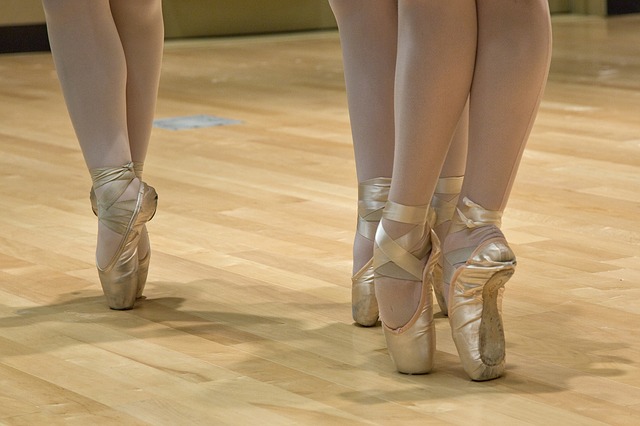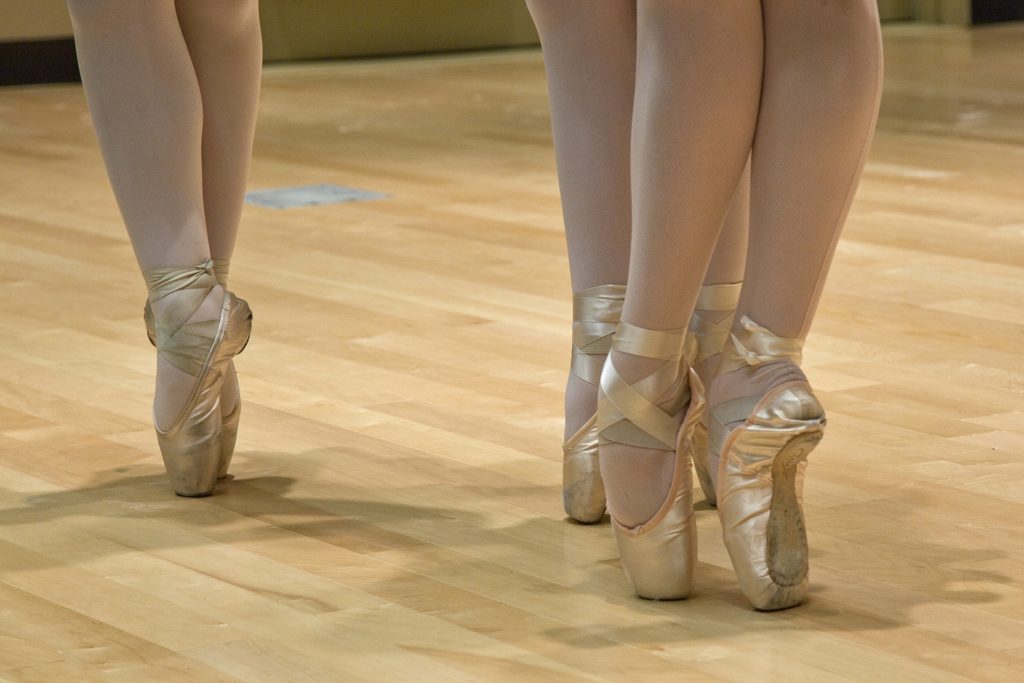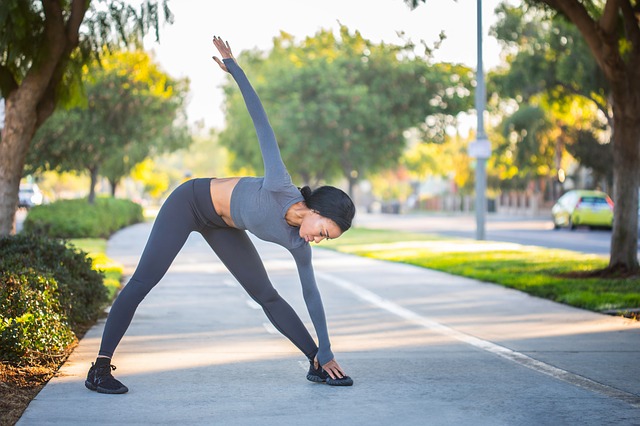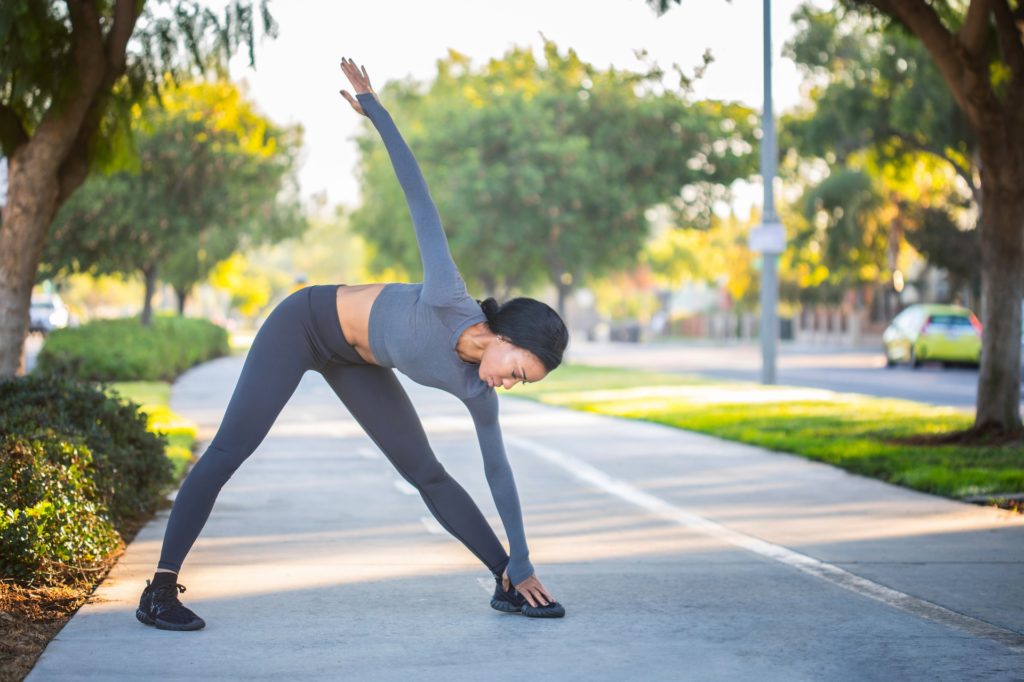Conventional wisdom says stretch. More recent research says dynamic warm ups are the way to go. What is the right answer? Well, as always, it depends. Dynamic warm ups are great to get the muscles warmed up and joints lubricated in a way that is supposed to be functional towards the sport or activity you are about to participate in. Stretching before actvity can be good if they are not held for a prolonged amount of time. One ingredient that is missing is Targeted Muscular Warmups (TMW). I first saw this on the Lakers sideline when Judy Seto (Lakers Physical Therapist) was doing a targeted shoulder resisted external rotation for Dwight Howard’s shoulder. By asking this specific shoulder stabilizer to turn on, you can guarantee that specific muscle will be more active during the activity, which in Dwight’s case guaranteed more shoulder stability during the game. Let’s give an example of targeted muscle warm ups:
Take a jogger. To jog at a slow or medium pace, you rely on hip stabilizers to accept the shock absorption with each step. This is in contrast to running where you rely more on hip flexors and hamstrings for propulsion. To target hip stabilizers to make sure they are warmed up, you might want to target the gluteus medius and minimus versus doing a warm up that targets the hamstrings and hip flexors. Starting to get the jist?
When applying targeted muscular warmup to your pre-workout/game routine, make sure you keep in mind 3 things:
1) Do not work the muscle to fatigue. Even doing one set of light-to-medium repetitions of an exercise is enough of a neuro-muscular wake up call for that muscle to get it revved up.
2) This is not a substitute for a total dynamic warm up and light stretching and should be performed first before any other part of your previous routine.
3) Know where the muscle is that you want to wake up. Performing an exercise that is “supposed to” activate that muscle, does not guarantee it will.
Dr. Joshua Mazalian DPT, OCS, CSCS is an orthopedic physical therapist with a sub-specialty in sports rehabilitation, who along with Dr. Jay Semel, run LA Orthopedic and Pediatric Physical Therapy in Encino. You can reach them at info@laoppt.com or check out www.laoppt.com.




